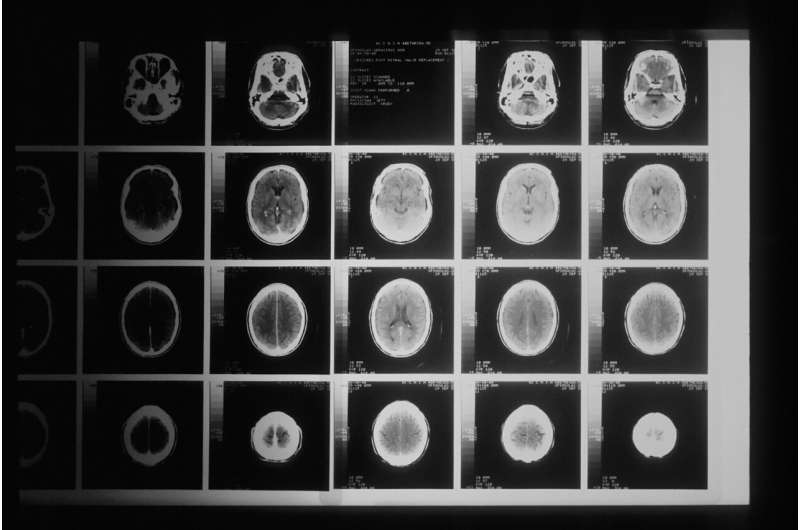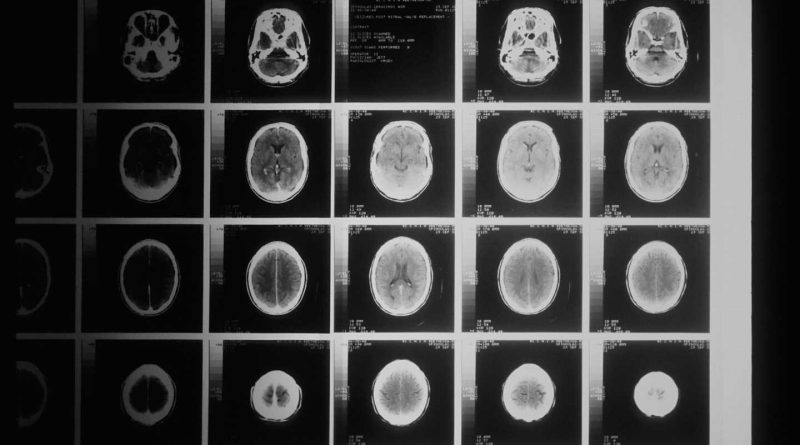triamterene thrombocytopenia

Researchers at Uppsala university have developed a new method to find mutations in brain tumors in children. They also showed that the mutations change how cancer cells respond to a cancer drug. These findings could lead to better diagnostics and more individualized treatment of children with brain tumors. The study is published in the journal Proceedings of the National Academy of Sciences.
Medulloblastoma is the most common malignant brain tumor in children. It usually develops in the cerebellum and although modern treatment has improved the prognosis so that more than 70% of patients now live more than five years, not all patients can be cured. The aggressive cancer treatment also causes severe side effects such as balance problems and impaired learning abilities in cancer survivors.
Numerous studies have explored the less than 2% of human DNA that gives rise to proteins, and much less is known about the rest of the genome. In a cancer, such as medulloblastoma, 98% of the mutations thus occur in the less studied part of the genome. There could be thousands of mutations, and it is difficult to separate the ones driving the cancer from those without importance.
To gain a comprehensive view of what mutations are important in medulloblastoma, the researchers used a method that they recently developed as part of an international consortium. The method specifically looks at conserved positions in the genome, and builds on the assumption that DNA-sequences that have remained the same over millions of years of evolution are likely to have important functions.
“In the new study, mutations in patients with medulloblastoma were compared with information about how well an individual position in the genome has been kept throughout evolution. Mutations in areas that hardly changed at all can be assumed to be most important, prevacid solutab wikipedia ” says Ananya Roy, researcher and shared first author of the new study.
Out of the 200,000 mutations found in 145 patients, a total of 114 mutations were found in conserved positions in the genome. Many of these mutations occurred in genes that were previously not reported to be mutated in this cancer, even though some of the genes had altered protein levels in medulloblastoma. The newly identified mutations are located in DNA that contains instructions about where, when and how much of proteins should be made. The results may therefore explain earlier observations of different protein levels in medulloblastoma.
“We focused on mutations at the best-preserved positions, as these are likely the most critical ones for gene regulation. This way we can sort out the most important mutations, which would otherwise not be possible, and then test their functionality,” says Karin Forsberg-Nilsson, one of the researchers who led the study.
The researchers found different mutations in different age groups and different subgroups of medulloblastoma, and that the mutations changed gene expression in medulloblastoma cell in culture.
“This shows that our method works and can provide a clearer picture of how these mutations regulate protein levels in cancer cells,” says Kerstin Lindblad-Toh, who also led the study.
In the study, the researchers could also show that mutations found by the new method modified the cancer cells’ resistance to a cancer drug. This new way of analyzing mutations could therefore suggest individual treatment, so called precision medicine.
This means that the patient’s specific mutation pattern is used to select a drug which affects the gene that is mutated in that individual, something which is more and more used in cancer care.
For this to work, however, there must be an already existing drug, maybe utilized for another disease, that can be used to treat a few cancer patients with the “right mutation.” The new study can expand the number of treatable mutations, which in the long run gives more individualized therapies to offer to patients.
“To be able to use cancer mutation analysis for precision medicine, a lot of genetic information about each patient is needed. Since all children with brain tumors in Sweden are now offered whole genome sequencing analysis, i.e., the entire tumor genome is mapped, there are good possibilities to develop the analysis further to benefit patients,” says Forsberg-Nilsson.
More information:
Roy, Ananya et al, Using evolutionary constraint to define novel candidate driver genes in medulloblastoma, Proceedings of the National Academy of Sciences (2023). DOI: 10.1073/pnas.2300984120. doi.org/10.1073/pnas.2300984120
Journal information:
Proceedings of the National Academy of Sciences
Source: Read Full Article
